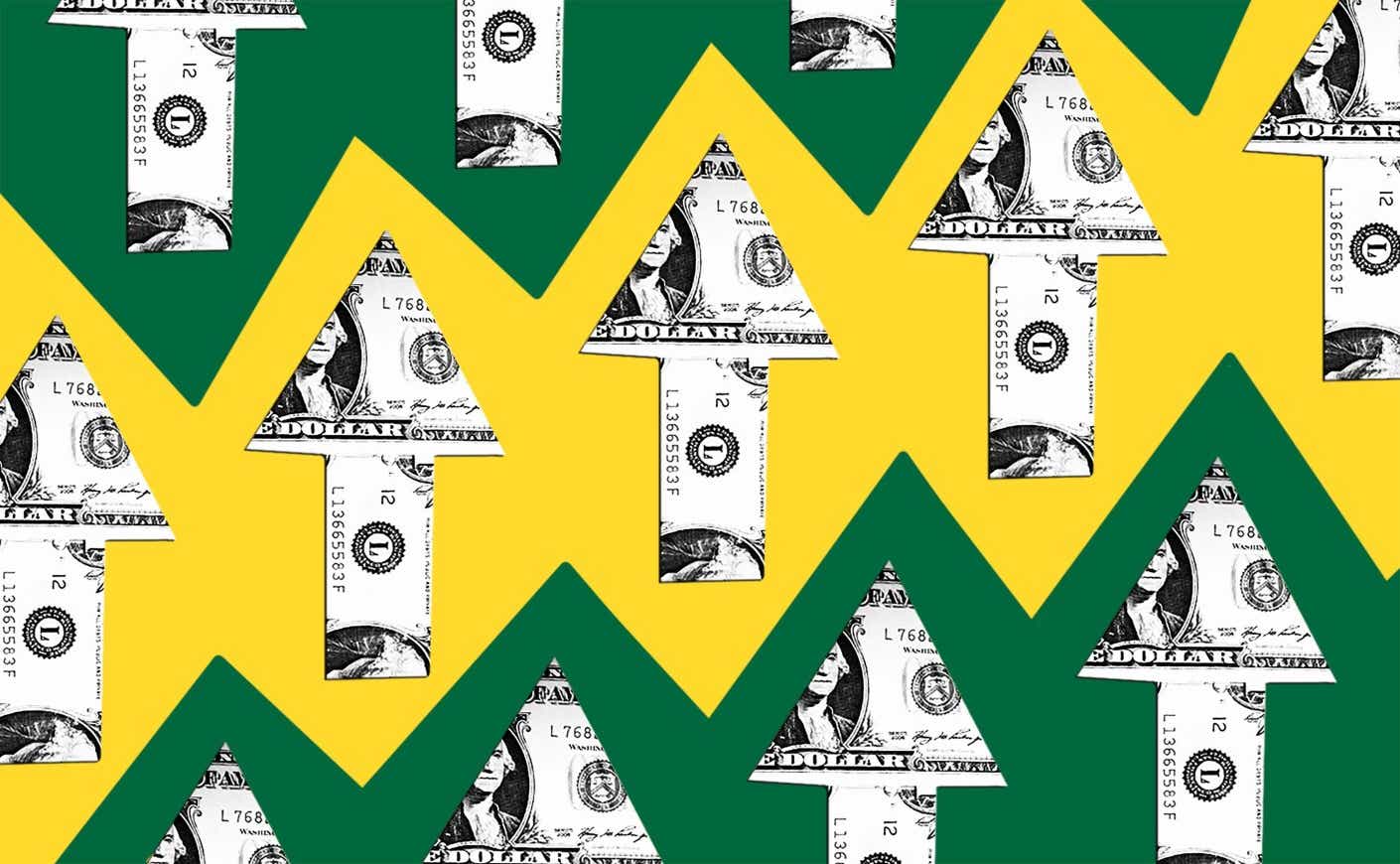As prices continue to creep up, many Americans are already feeling the effects of inflation, whether it’s at the gas pump or the grocery store. And now, the Federal Reserve is taking some action to rein it in.
For the first time in four years, the Federal Open Market Committee, which is responsible for setting monetary policy, announced Wednesday that it’s increasing the federal funds rate by a quarter of a percentage point, bringing the rate into a range of 0.25 percent to 0.5 percent, and it projects seven more similarly sized increases over the course of this year.
“The Committee seeks to achieve maximum employment and inflation at the rate of 2 percent over the longer run. The Committee expects inflation to return to its 2 percent objective and the labor market to remain strong,” the policymakers said. “In support of these goals, the Committee decided to raise the target range for the federal funds … and anticipates that ongoing increases in the target range will be appropriate.”
The Fed also raised projections for inflation from 2.6 percent to 4.3 percent. While these bumps may not seem like much, they can have a major impact on the way you pay for things. We’re breaking down why Fed officials are taking these steps, what it means for the economy as a whole, and how it could impact your wallet.
What does it mean when the baseline interest rate goes up?
The federal funds rate is essentially the benchmark interest rate that banks charge on loans to each other, and it’s also used to set the borrowing costs on all kinds of loans, including mortgages. So when the Fed moves these rates up, it effectively makes it more expensive to borrow money, and these increases are passed down from banks to consumers.
Why is the Federal Reserve raising interest rates now?
It’s an effort to tamp down inflation, which is now at a 40-year high after consumer spending pushed it to levels that we haven’t seen since the 1980s. By raising rates for the first time since 2018, the Fed hopes to slow the economy down to a more sustainable pace.
The hike comes almost exactly two years after the central bank cut rates to near-zero levels as part of an effort to stimulate the economy through the recession brought on by the coronavirus pandemic. But Greg McBride, a chief financial analyst at Bankrate, says this move is not without some risks: It could be too little, too late — or worse, endanger economic growth.
“The risks of the Fed raising interest rates too slowly is that they’re unsuccessful in corralling inflation or heading off a wage-price spiral,” McBride tells KCM. “The bigger risk is that the amount of interest rate increases needed to tame inflation could well tip the economy into recession. It’s not an immediate risk — probably 2023 or so — but a risk nonetheless.”
What did the Fed say about the economy as a whole?
Despite the increase in borrowing costs, Fed chair Jerome Powell expressed confidence in what he deemed a “very strong” economy, and he even called recent growth “robust.”
The U.S. has also improved on the labor front. In fact, all but 2.1 million of the more than 20 million jobs that evaporated in the early days of the pandemic have since been recovered, according to The Hill. (Some metropolitan areas are faring better than others in that regard; we’ve got a look at which cities are seeing the fastest job recovery.)
Still, the central bank is taking into consideration the economic implications of Russia’s invasion of Ukraine, which has in part impacted the increase in gas prices.
“The invasion of Ukraine by Russia is causing tremendous human and economic hardship,” the Fed’s statement said. “The implications for the U.S. economy are highly uncertain, but in the near term the invasion and related events are likely to create additional upward pressure on inflation and weigh on economic activity.”
What does this mean for Americans?
Rates on credit cards, savings accounts, and different kinds of loans are expected to tick higher as the Fed changes its benchmark, and that could have a domino effect on a number of markets, including housing.
“Consumers can expect higher borrowing costs to be just another form of inflation, with rates for credit cards and home equity lines of credit notching higher in the next month or so,” McBride tells us. “Mortgage rates have already increased one full percentage point since the beginning of the year, adding to the pressures of limited inventory and sky-high home prices facing home buyers.”
The same goes for car loans. Even though the cost for new and used vehicles has already skyrocketed in the past year, Americans can expect them to go up even more. But economist Jonathan Smoke told The New York Times that this expected increase could vary widely based on a borrower’s credit score — and those with a less-than-ideal credit score could pay 20 percent or more.
The good news is that certain kinds of lending, like federal loans for education, won’t be affected because their rates are more concretely fixed, even under these circumstances.









